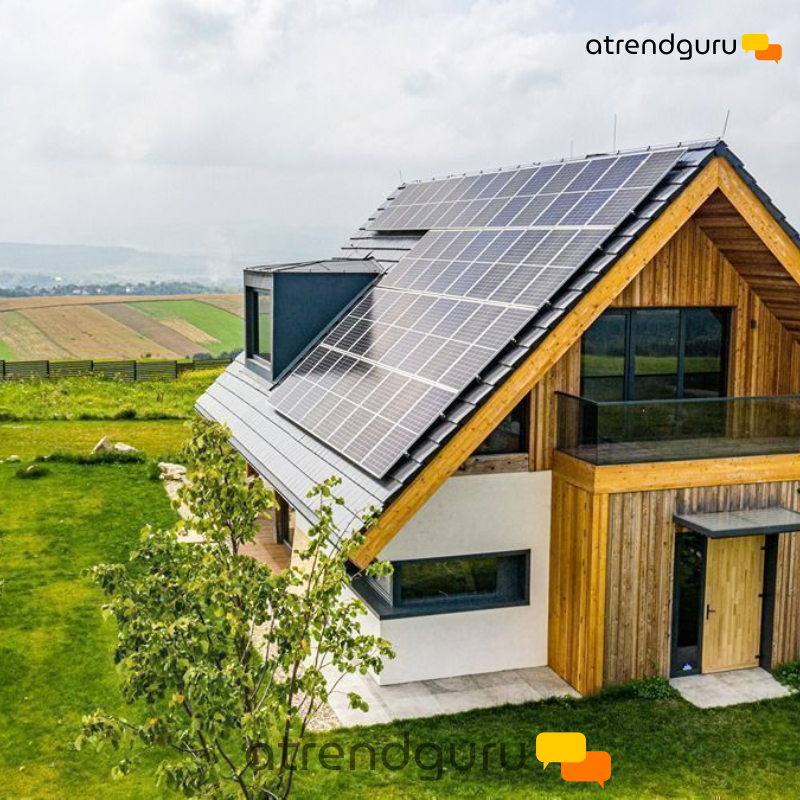For a healthier future, discover how to construct a green home using eco-friendly building methods, sustainable materials, and energy-efficient design.
How to Use Eco-Friendly Materials to Construct a Green Home
Constructing a green home is a commitment to sustainability, energy efficiency, and a healthier living space; it's not just a fad. Creating a home that blends in with nature and reducing waste and carbon footprints are two benefits of using eco-friendly materials. Here's how to use sustainable materials to build an eco-friendly house.
1. Select Eco-Friendly Construction Materials
To reduce your impact on the environment, choose natural, recycled, or renewable materials. Among the excellent options are:
Bamboo: A robust and quick-growing substitute for hardwood.
Reclaimed wood and steel: Cut down on waste and deforestation.
Hempcrete: A biodegradable, lightweight substance with superior insulating qualities.
2. Make Use of Energy-Efficient Windows and Insulation
High-quality windows and adequate insulation can drastically reduce energy use. Think about:
Insulation made of cellulose and sheep's wool is non-toxic and natural.
3. Include Solutions for Renewable Energy
Use clean energy sources to power your house, like:
One long-term investment that lessens dependency on fossil fuels is solar panels.
Geothermal heating: Effective heating and cooling by harnessing the earth's temperature.
Crucial Point:
Conserving Water Is Important
Effective water management is essential to a green home. Set up:
systems that collect rainwater to repurpose it for irrigation.
Low-flow fixtures to cut down on kitchen and bathroom water waste.















